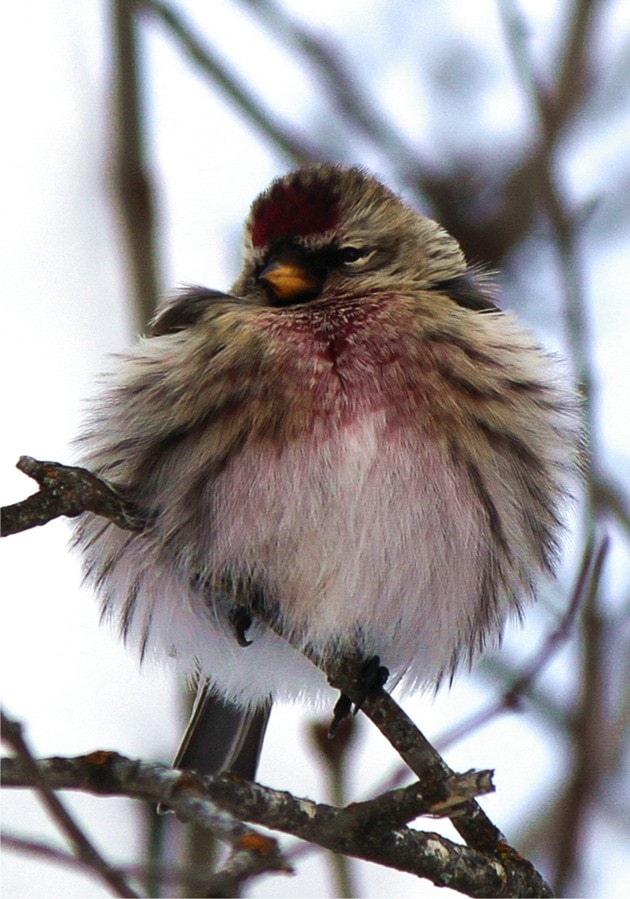Submitted
The annual Christmas Bird Count (CBC) is the longest-running Citizen Science survey in the world and will take place from December 14, 2013 to January 5, 2014. Fernie, Elkford, Cranbrook, and Kimberley naturalists will join tens of thousands of volunteers throughout North America braving winter weather to add a new layer to over a century of data. Individual Christmas bird counts occupying a single calendar day.
For many years, the Christmas Bird Count was organized at the continental scale by the National Audubon Society, and since 2000, Bird Studies Canada has partnered with Audubon to co-ordinate counts in Canada. Scientists rely on the remarkable trend data of the CBC to better understand how birds and the environment are faring throughout North America, and what needs to be done to protect them. CBC results are at the heart of numerous peer-reviewed scientific studies.
“Each CBC volunteer observer is an important contributor, helping to shape the overall direction of bird conservation,” says Dick Cannings, Bird Studies Canada’s Christmas Bird Count Coordinator. “Bird Studies Canada and our U.S. partners at Audubon rely on data from the CBC database to monitor bird populations across North America.”
The Christmas Bird Count began over a century ago when 27 conservationists in 25 localities, led by scientist and writer Frank Chapman, changed the course of ornithological history. On Christmas Day in 1900, the small group suggested an alternative to the “side hunt,” in which teams competed to see who could shoot the most game, including birds. Instead, Chapman proposed that they identify, count, and record all the birds they saw. Now Binocular Brigades often brave winter’s chill, ice, and snow to record changes in resident populations before spring migrants return.
Counts are often family or community traditions that make for fascinating stories. Accuracy is assured by having new participants join an established group that includes at least one experienced birdwatcher. Count volunteers follow specified routes through a designated 24-km diameter circle, or can arrange in advance to count the birds at home feeders inside the circle and submit the results to a designated compiler.
From feeder-watchers and field observers to count compilers and regional editors, everyone who takes part in the Christmas Bird Count does it for love of birds, the excitement of friendly competition and with the knowledge that their efforts are making a difference for science and bird conservation.
For more information about CBC participation and watching your feeders (please fill your feeders) in the East Kootenay please contact:
Fernie – Saturday, December 14 -Kevin Knight– 250-423-6562
Cranbrook – Saturday, December 28 -Greg Ross – 250-489-2566
Elkford – Sunday, December 29 -Ulrike Sliworsky – 250-865-7744
Kimberley – Saturday, January 4 -Dianne Cooper – 250-427-1921
